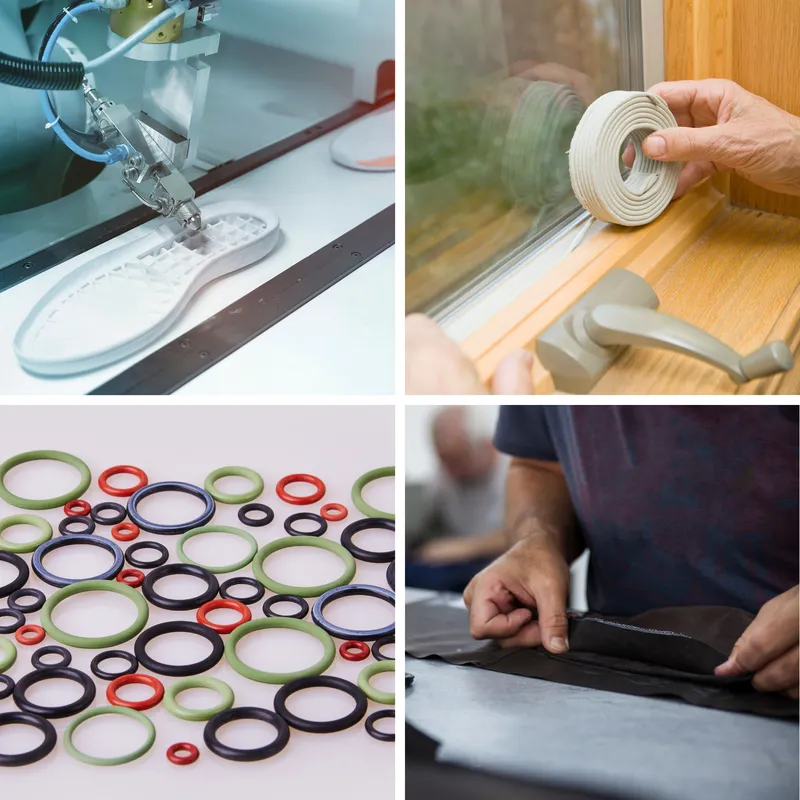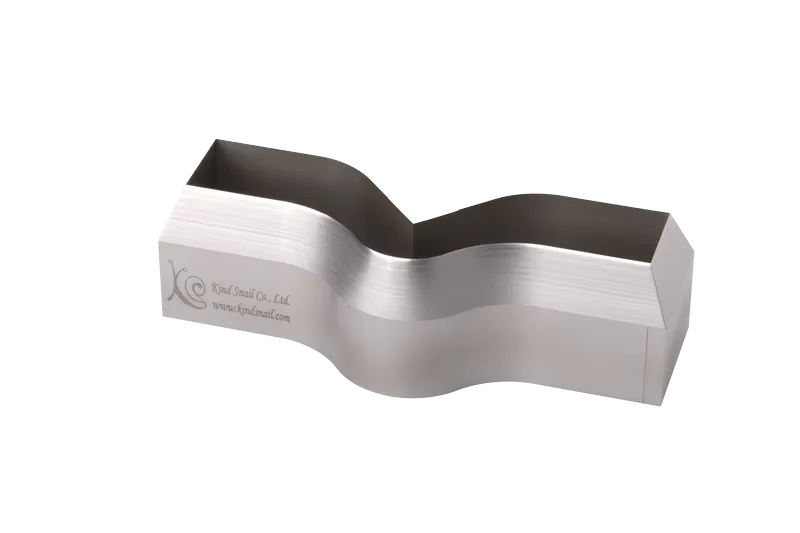Zinc Oxide (ZnO) is a widely used and essential material in the rubber and plastics industries. As a white powder compound, it is highly stable, efficient, and versatile, making it a preferred choice for manufacturers. Below is an overview of zinc oxide’s properties and applications.
1. Basic Properties of Zinc Oxide
- Also known as: Zinc White, Zinc Oxide Powder
- Chemical Name: Zinc Oxide (Zinc White)
- Chemical Formula: ZnO
- CAS Number: [1314-13-2]
Physical & Chemical Properties
- Appearance: White hexagonal crystalline powder
- Relative Density: 5.41–5.67
- Refractive Index (nd): 2.0041
- Melting Point: 1975°C
- Characteristics:
- Amphoteric oxide, insoluble in water and ethanol
- Reacts with acids, bases, and amino acids to form salts or complexes
- Excellent acid and heat resistance
- Absorbs carbon dioxide and moisture
2. Key Applications of Zinc Oxide
Zinc oxide plays a crucial role in various industries, particularly in rubber and plastics manufacturing. Common applications include:
- Rubber Manufacturing: A key activator in the vulcanization process, enhancing strength, abrasion resistance, and aging resistance.
- Plastic Additive: Improves UV resistance, extending product lifespan.
- Coatings & Ceramics: Used as a pigment and antibacterial agent in coatings; serves as a glaze component in ceramics.
- Cosmetics & Medical Products: Due to its antibacterial and antioxidant properties, it is widely used in sunscreens and medicinal ointments.
3. How to Choose the Right Zinc Oxide Supplier
Selecting a reliable zinc oxide supplier is essential for consistent product quality. Key considerations include:
- Product Type: Determine if “Active Zinc Oxide” is required, as it offers higher surface activity, making it ideal for high-performance rubber and plastic applications.
- Quality Certification: Choose suppliers with ISO or other international certifications to ensure compliance with industry standards.
- Zinc Oxide Price Comparison: Prices vary based on purity, particle size, and activity level. Understanding the cost-performance ratio through supplier communication is essential.

4. Factors Influencing Zinc Oxide Prices
Zinc oxide prices are affected by multiple factors, including:
- Raw Material Supply: Availability of zinc ore impacts pricing.
- Market Demand: Growing demand in automotive, electronics, and coatings industries drives price fluctuations.
- Production Technology: Active zinc oxide requires more complex processing, leading to higher costs.
- Global Supply Chain & Environmental Policies: Changes in supply chains and eco-regulations influence market trends.
Conclusion
As a critical material in the rubber and plastics industries, zinc oxide continues to see growing market demand. Understanding its applications, pricing factors, and how to select high-quality suppliers will help businesses stay ahead in the industry.
If you need more information or are looking for a trusted zinc oxide supplier, feel free to contact us!






